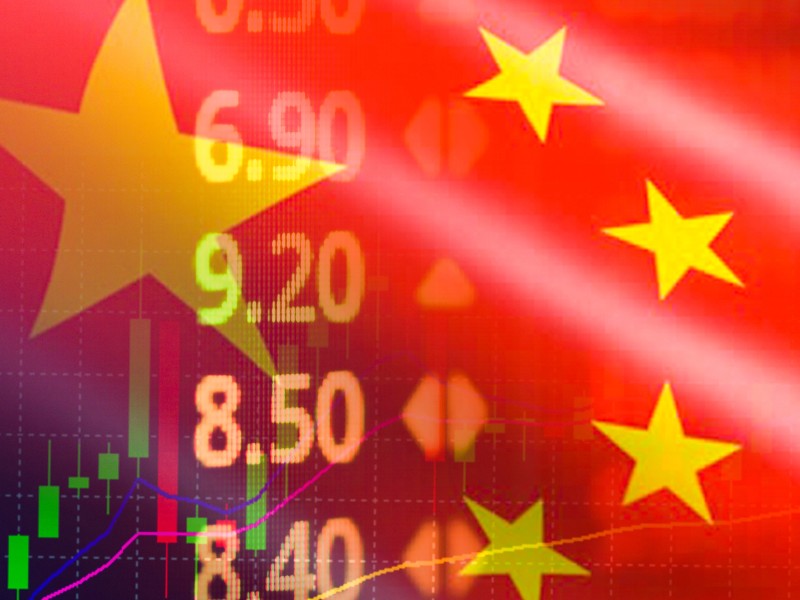

China’s economy was the first to suffer the consequences of fighting the novel coronavirus and is the first on the road to recovery. If it can prevent a second wave of coronavirus cases and continue to support the small, privately owned firms that drive job creation, China’s economy could put a floor under global growth and offer opportunities for investors.
China has just published the worst macroeconomic data since the Tang Dynasty.
In the first quarter, retail sales declined 19 per cent year-over-year in nominal terms, and 21.8 per cent year-over-year in real terms. And on a year-over-year basis, industrial value-added fell 8.4 per cent, electricity generation declined 6.8 per cent and fixed asset investment was down 16.1 per cent.
It’s important to recognize that these dismal economic numbers are not the result of structurally weak supply or demand, nor is it about structural weakness in China’s financial system. The problem was that the coronavirus forced everyone to shelter in place behind closed doors.
At this point, it appears that if a family was planning to buy a new car or apartment during the lockdown, they are probably still planning to do so in the coming quarters. Passenger car sales rose 14 per cent year-over-year in the second week of April and Mercedes-Benz said that at the end of March its operations in China were fully normalized.
My colleagues on the ground in China report that shops have been reopening over the past several weeks. And on a March 24 investor call, Nike said that roughly 80 per cent of its brick-and-mortar stores and partner stores in China are now open. Further, the company is forecasting its fourth quarter (through the end of May) revenue is likely to be roughly flat compared to the same quarter of the prior fiscal year.
I have no doubt, however, that if the economic recovery now underway were to falter, or if unemployment were to cause social stress, the government would step in with bazooka-like measures. Interest rates in China are relatively high, so there is room to cut. More importantly, the growth rate of credit outstanding in the economy has been modest by Chinese standards, so there is room for the kind of dramatic credit stimulus undertaken in 2008-09, much of which could be used to ramp up infrastructure construction for the purpose of creating temporary jobs to manage rising unemployment.
There are two key risks on China’s road to recovery. First, that the virus roars back as people in China resume their normal interactions. This will remain a risk, however, in part because the virus is being brought back to China by its citizens returning from abroad. The government has been testing and quarantining arrivals in an effort to manage this risk and on March 28 suspended entry into China by foreign nationals.
The second risk is that the smaller, privately owned companies that drive China’s growth and job creation, and thus the consumption story, may have difficulty surviving long enough to see their businesses recover. The failure of a large number of small firms would result in a significant rise in unemployment.
Here, government policy will be important, and the Communist Party of China has acted far more decisively than many other governments, quickly suspending collection of taxes and fees, and encouraging state-owned landlords to do the same with rent. The 13.3 per cent year-over-year increase in bank loans to household businesses last month is also a reassuring sign.
In my view, the most likely scenario is that in the coming quarters China’s domestic-demand driven economy will rebound, enabling its economy to put a floor under global growth, as during the global financial crisis, and offer an opportunity to investors. China is likely to continue to account for about one-third of global economic growth, larger than the combined share from the U.S., Europe and Japan.
